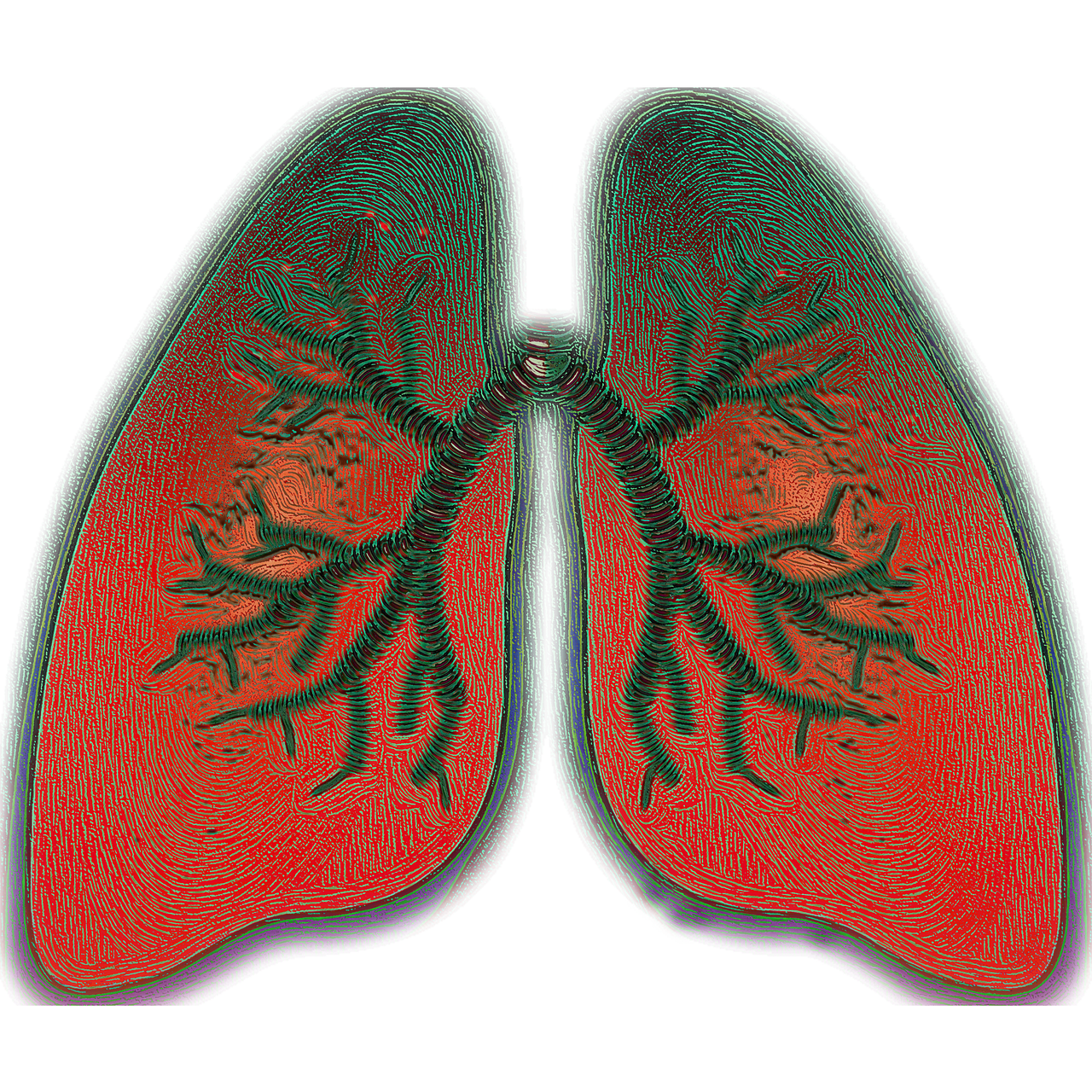How is testing done for viruses?
Viruses are really, really tiny. And they are different from us. We have 2 strands of DNA. (Our genes are carried by the DNA in the form of a type of protein).
Viruses, on the other hand, have a single strand of genetic material – RNA. (The D in DNA above stands for Di- meaning two. DNA has 2 strands of protein, RNA has only one).
Let’s understand how testing is done for viruses.
Collection and Transport
We collect a sample from the throat of the person because the virus is very likely to be found here.
These samples are then carefully transported to the lab. But they must be tested in a batch (because each batch must have one test tube where the virus is definitely not there, and one where the virus is definitely there. These are called the ‘control’. Preparing control for each sample will increase the cost of testing a lot.)
So, they are stored carefully until a batch is ready. (This batching system also means some delay in getting our results. The actual testing takes about 8 hours, and with the new system, will take only about 4 hours).
Amplifying the sample
Each batch to be tested is put in a test tube and amplified (made larger and multiplied many times).
This process of amplification takes about 90 minutes. The viruses are first ‘separated’ from the medium by rotating the mixture (like a washing machine is rotated very fast to take out water from our clothes).
Then, an enzyme (a chemical) called reverse-transcriptase (RT for short) is added to the sample. This converts a single RNA to a two-strand DNA, and also amplifies the sample.
Testing
Next, we add a chemical called ‘primer’. Primers bind to the amplified DNA.
Then, we add the testing agent (it’s called the assay) to all test tubes, including the control test tubes.
The primers make the virus DNA ‘glow’ under the testing agent. That’s how we know whether the virus is present or not. After about 4 hours, we compare all the tested batch to the 2 control test tubes.
The test tubes that match the ‘definitely there’ test tubes are Covid positive, and the others, as you can guess, are Covid negative.
How soon can we start testing with the new kit?
A. An approval is needed from CDSCO (Central Drugs Standard Control Organisation) before it can be mass produced.
B. IIT Delhi will share the technology with organisations that can produce this testing kit.
C. And then, it reaches testing labs across the country.
Here’s congratulating our scientists on their success!

